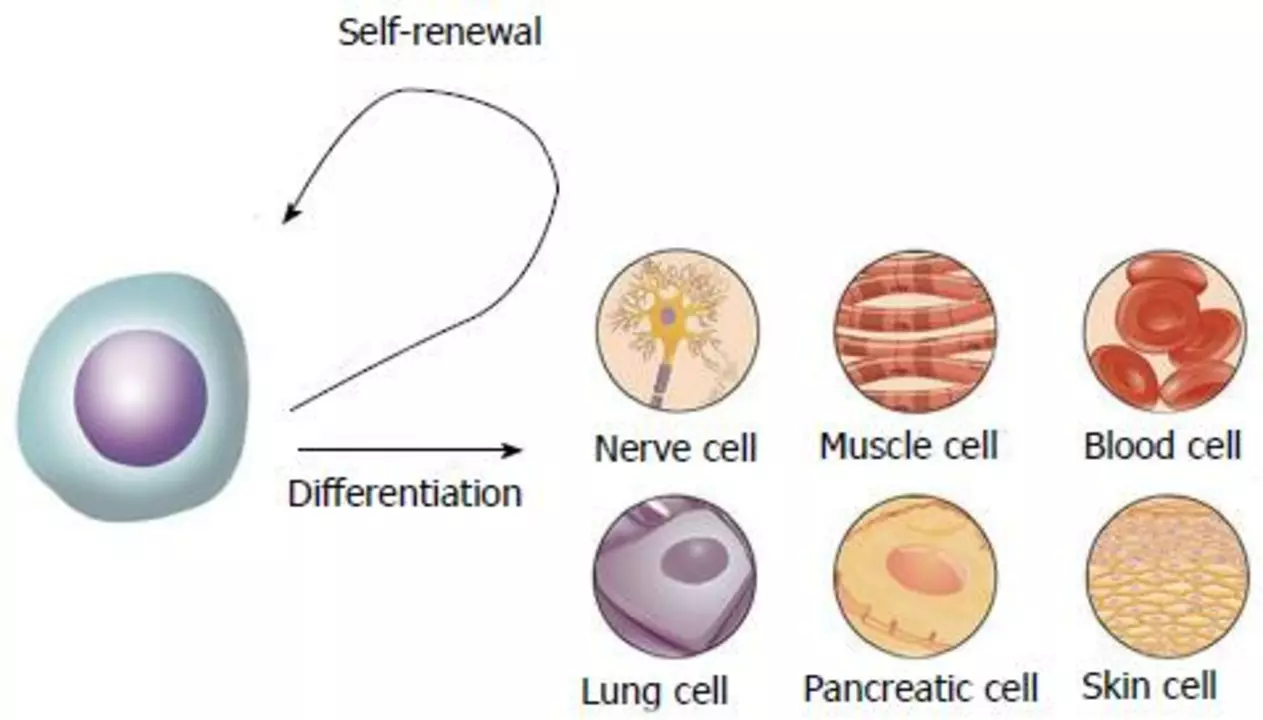Skin Conditions: What They Are and How to Handle Them
If your skin flakes, itches or breaks out, you’re not alone. Millions deal with some kind of skin condition every day. The good news? Most issues have clear signs and simple steps that can make a big difference.
Common Skin Issues You Might Recognize
Acne shows up as blackheads, whiteheads or painful pimples, usually on the face, chest or back. Hormones, stress and oily skin often trigger it. Eczema (or atopic dermatitis) looks like red, dry patches that itch a lot, especially on hands, elbows or behind knees. It flares up when your skin gets too dry or you’re exposed to irritants.
Psoriasis creates thick, silver‑shiny plaques that can appear anywhere but love the scalp, elbows and knees. It’s an immune system thing, so it runs in families sometimes. Rosacea is another red‑face culprit, with visible blood vessels and occasional bumps. It gets worse with hot drinks, spicy foods or extreme temperatures.
Other frequent problems include fungal infections like athlete’s foot, hives that pop up after an allergic reaction, and contact dermatitis from soaps or metals. Knowing the pattern helps you pick the right fix.
Treatments & Tips That Really Work
The first rule is to keep skin clean but not stripped. A gentle cleanser twice a day removes excess oil and dirt without hurting the barrier. For acne, over‑the‑counter benzoyl peroxide or salicylic acid can shrink breakouts fast. If you have stubborn cystic acne, a prescription like adapalene (found in Differin Gel) often does the trick.
Eczema lovers should moisturize right after showering while skin is still damp. Thick creams with ceramides lock in moisture and calm itching. When flare‑ups happen, short courses of hydrocortisone cream can bring relief, but don’t use it for weeks on end without a doctor’s ok.
Psoriasis responds well to topical vitamin D analogues or coal tar shampoos for scalp patches. Light therapy (UVB) is another option if creams aren’t enough. For rosacea, avoid triggers and try gentle moisturizers; prescription gels containing metronidazole or azelaic acid often calm redness.
Natural helpers can add extra comfort. Green tea extract, aloe vera gel, or oatmeal baths soothe itch without chemicals. But remember: what works for a friend might not work for you, so test new products on a small area first.
If over‑the‑counter solutions fail, it’s worth chatting with a dermatologist. They can prescribe stronger meds, recommend professional procedures, or check if an underlying health issue is driving the skin problem.
Lastly, protect your skin from the sun. A broad‑spectrum SPF 30+ sunscreen stops UV damage that makes many conditions worse and slows aging.
By spotting symptoms early, keeping a consistent routine, and knowing when to ask for professional help, you can keep most skin conditions under control and feel more confident in your own skin.
How to Identify Hives and Differentiate Them from Other Skin Conditions
- Skincare
- 10


